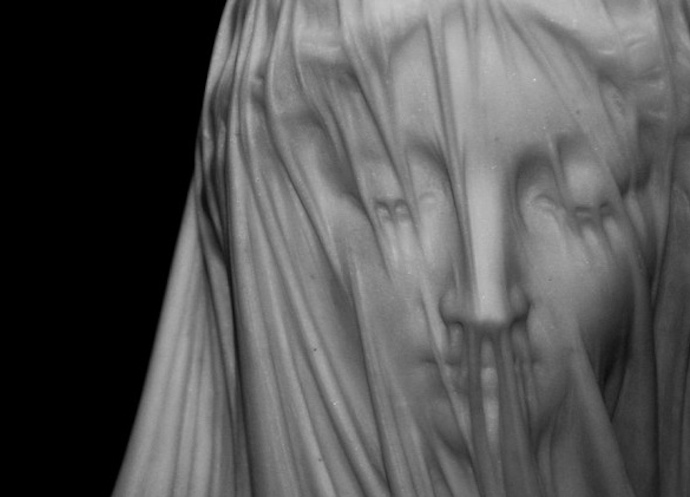Failure Porn
26.09.18

A young couple took a trip to the Hudson Valley. They stayed in High Falls, in a rented garret (though it wasn’t a small, wretched one). They had Vietnamese coffee in a café inside of a church one day and braised chicken from a local food co-op another. Then, on their last day, they entered Newburgh: a wet dream for artists who can’t afford to be artists: Queen Annes, warehouses, and other architectural gems lying vacant, in ruins. A place so fucked up and sad it actually triggered a pleasurable aesthetic experience, which is so fucked up and sad. And also baffling.
Writing “a young couple” instead of “me and my boyfriend” also makes the above more palatable, if only for myself. Distance—the same reason why I love, really, thoroughly enjoy, reading about artists when they were young and not yet “artists.” Why Chris Kraus trying to sell a film in Berlin (and failing to do so) is reassuring while actually living in Berlin on German welfare (and not writing at all, with all the time to do so) eventually gave me acid reflux. It’s because I know her failure will, eventually, become the novel Aliens & Anorexia.
Ruin Porn is bad. The Highline and Dia:Beacon, good. Driving through the most depressing street in Newburgh was accidental, driving through it twice more was not. The young couple discusses tragedy enjoyment. She says, “The beauty of this decay gives us pleasure by containing and controlling the anxiety of decline.” He replies, “I think we could be happy here, but it wouldn’t be safe for like another ten years.”
***
I read an article on Frieze.com, and want to borrow the line “beyond repression and fetishization” from Jörg Heiser. Then I go buy groceries and a new charger for my planned obsolescent-phone. When I return, there’s a reply email from the sculptor who now wants to buy property in Newburgh.
Him: I think an essay about ruin porn is about ten years too late.
Me: How about an essay on the ’69 moon landing?
Him: What about a topic that hasn’t already been extensively written about?
Perhaps the sculptor hasn’t noticed that his beloved Gregor Schneider too “builds and ruins and documents them [buildings and spaces].” Perhaps he knows, but doesn’t want to utter out loud that artists moving up from the city would not help the local population in a way that is greater than or even equal to the benefits they themselves would get. How they would even bring their own friends. The sculptor and I keep mentioning jobs: there aren’t any there. It would have to be tourism. Newburgh would be branded as a little Detroit, “just like Brooklyn,” a historical gem nestled in the Hudson Valley. . .
***
As the couple walked down Broadway, an elderly woman with white hair shorn messily and short like a child’s asked them for one quarter. They both mumbled sorry. Then I snapped back into reality and rummaged through my wallet. I gave her two quarters, when I should have given her everything. So fucked up and so sad. The disconnect between paying $2.50 for a coffee and giving $0.25 to a fellow human.
In the best case scenarios, failure becomes the artwork itself. In others, I’m not really sure, but my gut tells me it’s not so pleasant.
—————–